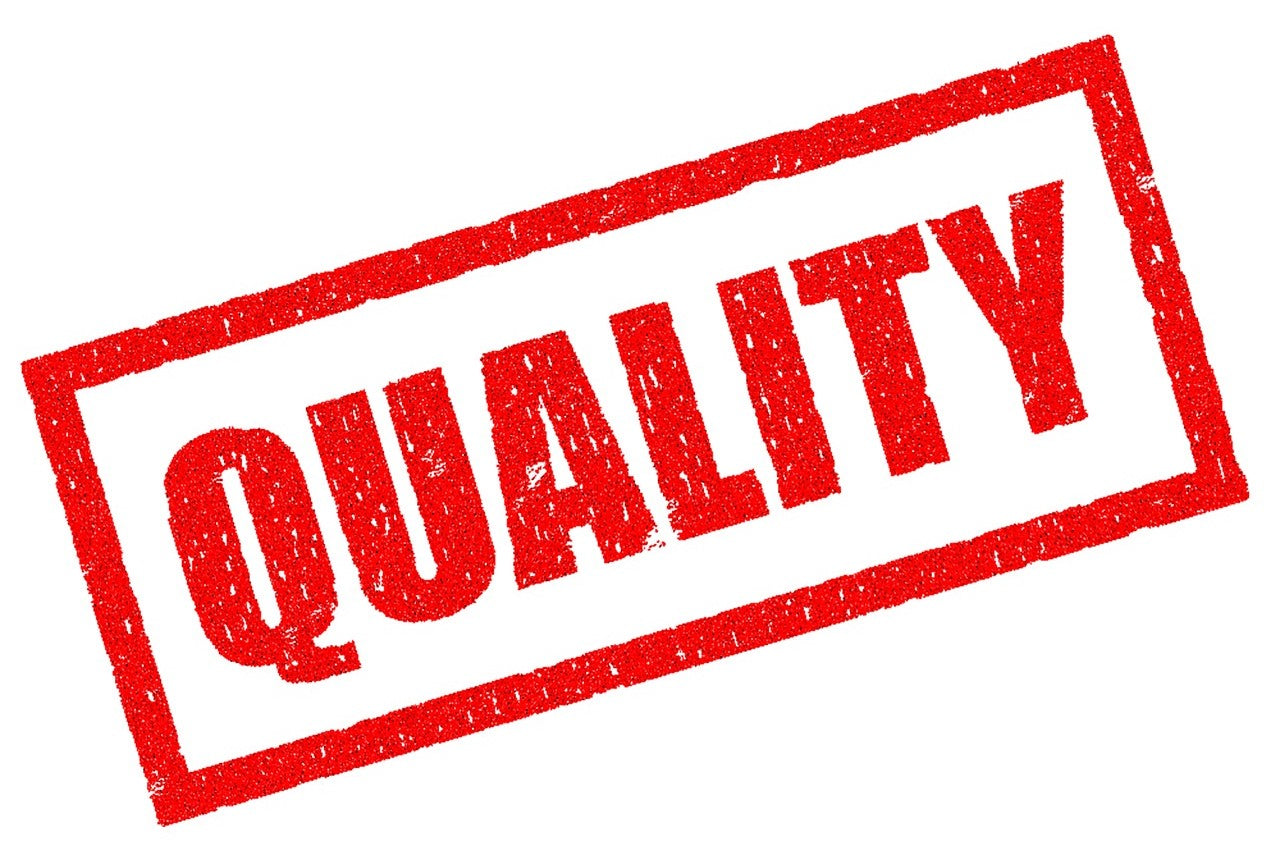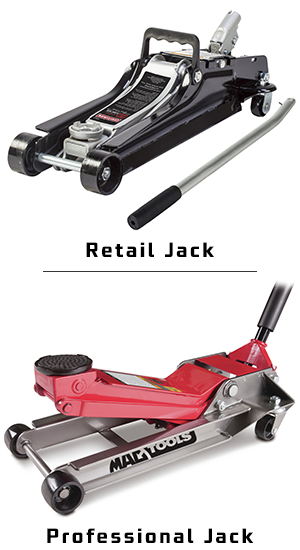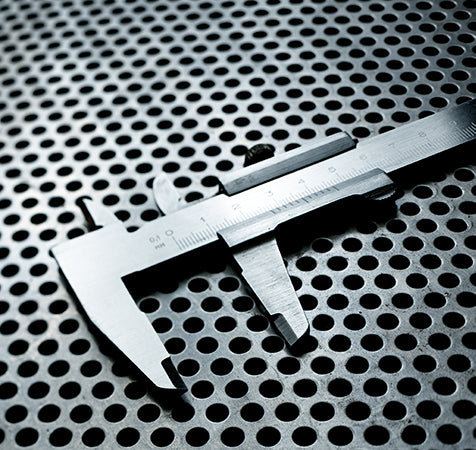- OUR COMPANY
- ABOUT US
- FOUNDERS
- QUALITY
- WARRANTY POLICY
- SHIPPING POLICY
- REFUND FOLICY
- USEFUL LINKS
- CONTACT US
- BLOG
- FAQ
July 20, 2020
Welcome to our first ever blog post!
I’ve worked in the tool industry for a while now, so when I started researching this topic, I figured there would be a wealth of content already out there. Here are some of the questions I searched for and maybe you have as well: What is the difference between a retail tool and a professional tool? How to know the difference between good and bad quality? Why would you buy a professional tool when you can have the same tool in a no name brand for halt the cost?
 And the list goes on. You can probably guess form the existence of this article that I wasn’t able to find any clear answers. Just a few forums and some very skimpy articles. So, we decided to dedicate our first ever blog post to give you some answers to these questions and help you differentiate between retail and pro tools (or as we’ll often refer to them “brands”). This post is meant to be a general overview for all categories of tools. We’ll dive deeper into specific tools in later posts and if there are any tool categories that you want us to cover, just let us know in the comments
And the list goes on. You can probably guess form the existence of this article that I wasn’t able to find any clear answers. Just a few forums and some very skimpy articles. So, we decided to dedicate our first ever blog post to give you some answers to these questions and help you differentiate between retail and pro tools (or as we’ll often refer to them “brands”). This post is meant to be a general overview for all categories of tools. We’ll dive deeper into specific tools in later posts and if there are any tool categories that you want us to cover, just let us know in the comments
Broadly speaking, it is fairly safe to say that, regardless of cost, the biggest difference is Quality! Most of retail tools are lower quality products and most of pro tools are higher quality products, but this quickly brings us to the first problem when trying to understand this topic – how do you define Quality? This is a good overview of Quality. Of course, Quality can encompass everything, from specifications to materials, from development to sales, from testing to compliance, from manufacturing to fulfillment. We’ll focus on product quality and we’ll give you the four major differences between retail and pro tools: Safety, Functioning, Performance and Resistance. To keep this post to a reasonable length, we’ve broke it up into two parts,
Part 1: Safety and Functionality.
Part 2: Performance and Resistance.
“While pro brands are looking for the safest product, with the perfect finishing surface and all the needed certification, retail brands are looking for the lowest barriers to entry: cheaper to manufacture, cheaper to qualify, and the bare minimum of certification.”
You may be thinking, we’re only talking about tools, what kind of safety can be involved?
Well, this concerns anything that could hurt the customer or the end user: sharp edges, cutting burs, some gas emission, some exploding risks, some electromagnetic waves, a powerful light that can hurt or damage your eyes, etc. basically all that is related to safety and compliance.
You have a host of standards and directives from the American National Standards Institute (ANSI Standards) to the International Standardization Organization (ISO Standards), along with many others like ASME and IEC.
It’s important to recognize that, as many of these standards are not required (even though most of them are related to safety), retail brands and no-name brands often choose not to comply with them and prioritize speed to market and lowering cost over safety. Take for example lifting products, the American standard ASME PASE 2014 (Safety Standard for Portable Automotive Service Equipment) is not required in the US and so a lifting manufacturer can decide on their own whether to comply with it or to ignore it.
 Now imagine two brands, A and B that both have a 3-Ton floor jack like the pictured here (image). Let’s say that Brand A decides to comply with the ASME PASE 2014, now you have to meet their safety requirement of resisting a carrying overload of 150%. This means your old non-ASME-rated 3-Ton floor jack is now a 2-Ton floor jack. At the same time Brand B decides not to comply with the ASME standard and their 3-Ton floor jack continues on as a 3-Ton floor jack. The outcome is that Brand A has a higher cost than Brand B in order to comply with the standard and some or all of that cost will be passed onto the consumer. But at the same time, Brand A has a safer product and this overload protection may be important to a user working on a vehicle.
Now imagine two brands, A and B that both have a 3-Ton floor jack like the pictured here (image). Let’s say that Brand A decides to comply with the ASME PASE 2014, now you have to meet their safety requirement of resisting a carrying overload of 150%. This means your old non-ASME-rated 3-Ton floor jack is now a 2-Ton floor jack. At the same time Brand B decides not to comply with the ASME standard and their 3-Ton floor jack continues on as a 3-Ton floor jack. The outcome is that Brand A has a higher cost than Brand B in order to comply with the standard and some or all of that cost will be passed onto the consumer. But at the same time, Brand A has a safer product and this overload protection may be important to a user working on a vehicle.
It’s easy to guess what a pro brand would do and what retail or no-name brand could do. While pro brands are looking for the safest product, with the perfect finishing surface and all the needed certification, retail brands are looking for the lowest barriers to entry: cheaper to manufacture, cheaper to qualify, and the bare minimum of certification.
It's the same example with RoHS (Restriction of Hazardous Substances) – only a few brands control and track this. And there are many other examples. Take rechargeable lighting. Just in terms of certification, there are 15 standards and directives (EMC, RoHS, Lithium Battery Transport to name a few) to comply with – some required, some not.
And this is only for safety certification and compliance. We haven’t even gotten to resistance and performance tests, which often involve other standards (such as ASTM B 117 for salt spray testing, UL 1439 for sharp edge testing and many others). So, you can easily understand that you cannot have this entire list of certifications and compliance for a flashlight that you’d buy for $19.99.

Our recommendation would be:
Ease of use and cost don’t always align with safety. If the safety of a tool is important to you, investigate the safety standards that a tool brand meets or doesn’t meet.
“Retail tools typically focus on design aesthetics to appeal to customers whereas pro tools are more focused on functionality and usability.”
It’s probably not a surprise that pro and retail tools are different as far as functionality and usability. Of course, both retail and pro tools typically accomplish their function, but definitely not the same way. Not with the same ergonomics, not with the same speed, not with the same effort and probably not with the same result at the end of operation.
Nevertheless, retail products have two important advantages:
 Now, without taking examples of some specific products (as we mentioned, we’ll do this in later posts), retail tools typically focus on design aesthetics to appeal to customers whereas pro tools are more focused on functionality and usability.
Now, without taking examples of some specific products (as we mentioned, we’ll do this in later posts), retail tools typically focus on design aesthetics to appeal to customers whereas pro tools are more focused on functionality and usability.
Why would retail tools be less effective, less usable? The reason is simple: pro brands don’t only develop the tool, they perfect it! With a very long list of tests, they keep improving the product: strengthening each component, refining the ergonomics, adding features, correcting each defect, and maximizing the tool’s potential. This is the development process for a pro tools brand and it becomes costly in terms on tests, resources and time.
Before launching a tool, retail brands ensure they have the lowest price and that they have an appealing design.
Before launching a tool, pro brands make a whole battery of tests to assess the usability of the tool, among which, we have:
The list is very long, and the average development time for one pro tool is 12-18 months.
After seeing this, you would be right to ask: "how would I tell the difference between retail and pro tools if I can’t access all this data?"
And you’re absolutely right. Product development is internal to companies and they’ll almost never tell you whether they did one week of testing with 2 or 3 informal quality controls or whether it took 14 months with dozens and dozens of tests, controls and improvements. There are two reasons for this hidden information, either they are 1) producing lower quality products don’t want you to know these details or 2) using these processes as their competitive advantage and then translate this into some selling point that consumers can understand. It’s why brand image and trust are so important. While saying this, there are still some things that you can compare. Whenever you you’re looking to buy a good quality product, here’s some initial specs to compare: check the weight, battery life, cutting effort, lifting capacity, ratcheting speed, coating type, lighting power, etc.
 Our recommendation would be:
Our recommendation would be:
Don’t just focus on design aesthetics, also pay attention to functionality details, product specifications and features
If you can access the product, go further, touch it, use it, check the ergonomics, ensure it’s able to provide good serviceability if needed, ensure the product perfectly matches with its accessories, ensure you can use it with the tools you already have, and ensure the tool operates perfectly without a huge effort and without any abnormal noise or behavior.
As this chart shows, there is this obvious balance between usability and design: pro tools more often prioritize usability over making a good-looking product. Retail brands more often do the opposite. This doesn’t mean all retail products are useless and all pro products are unattractive, it’s just a general differentiation we can find between retail and professional tools. The first ones are often shiny, colored and attractive, while pro tools are often made with pure and discreet lines and with a general appearance that is often very sober.
To sum up, safety and functionality are the first two aspects to look into when comparing pro and retail tools. Hopefully, it allows you better understand when, why, and how to spend or save your money.
Thank you for your reading and see you soon in Part 2 of our Retail Vs Pro Tools Series, which should give the full high-level view of the topic.
Comments will be approved before showing up.
October 26, 2020 1 Comment
September 25, 2020
